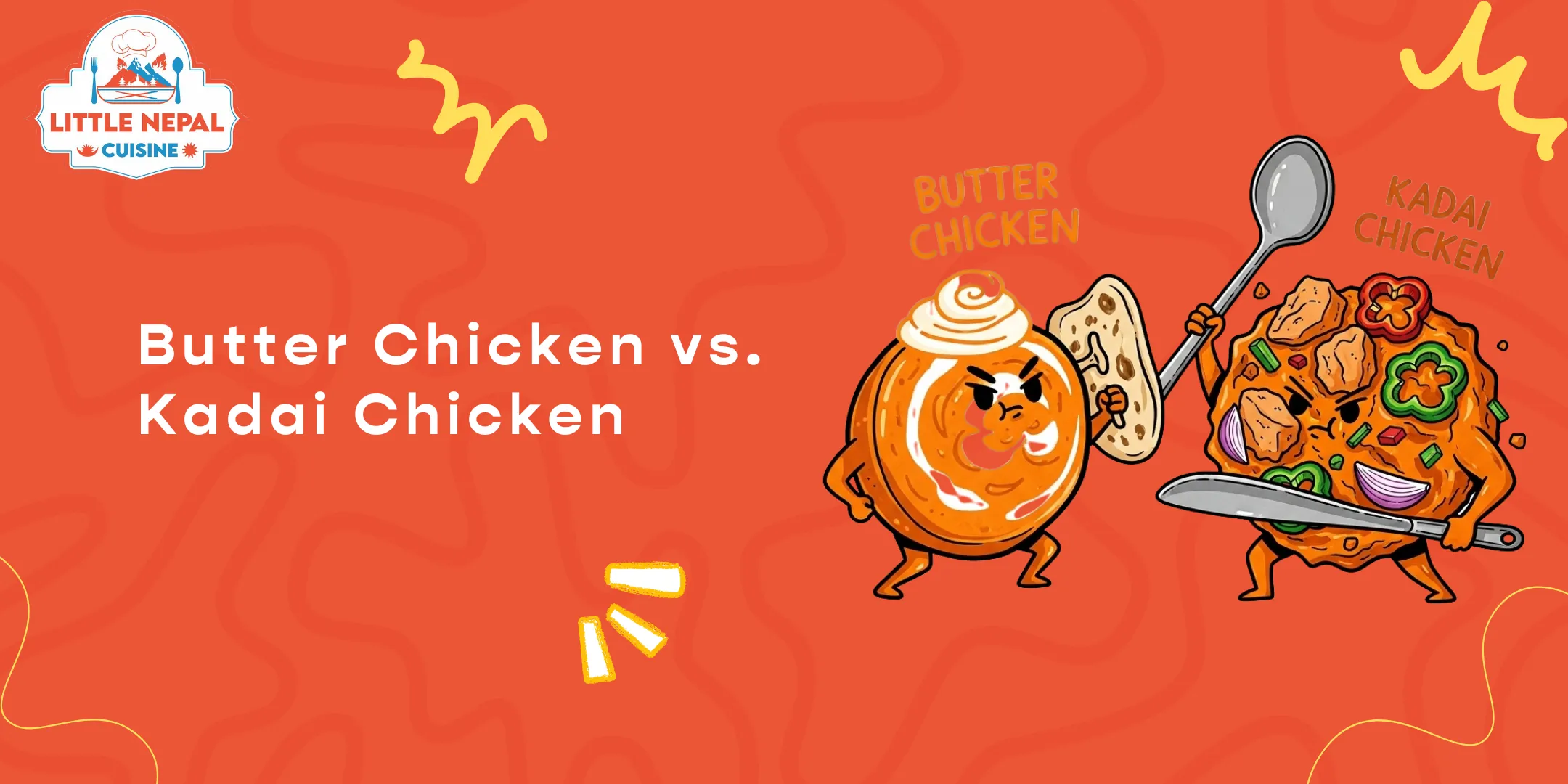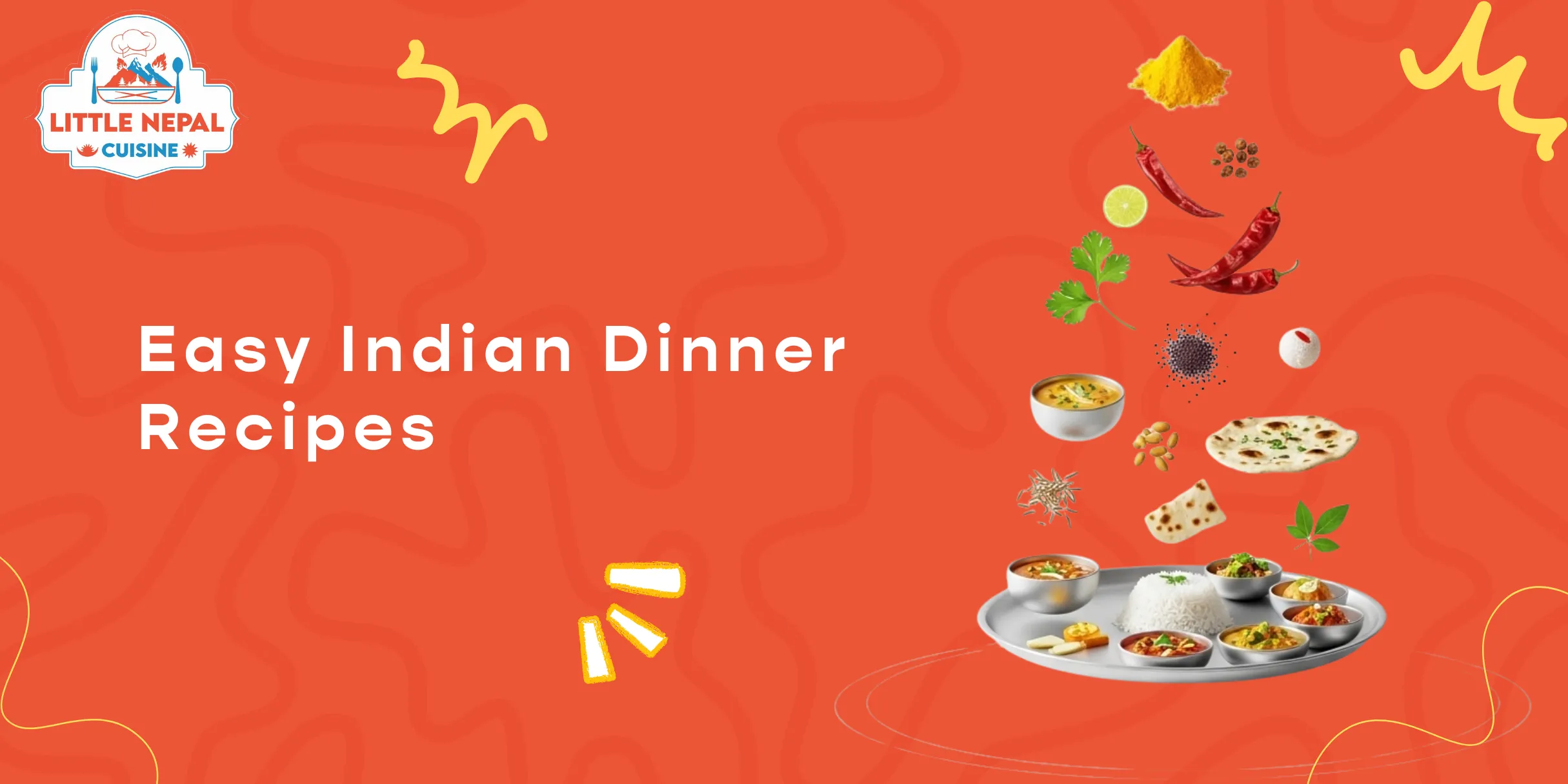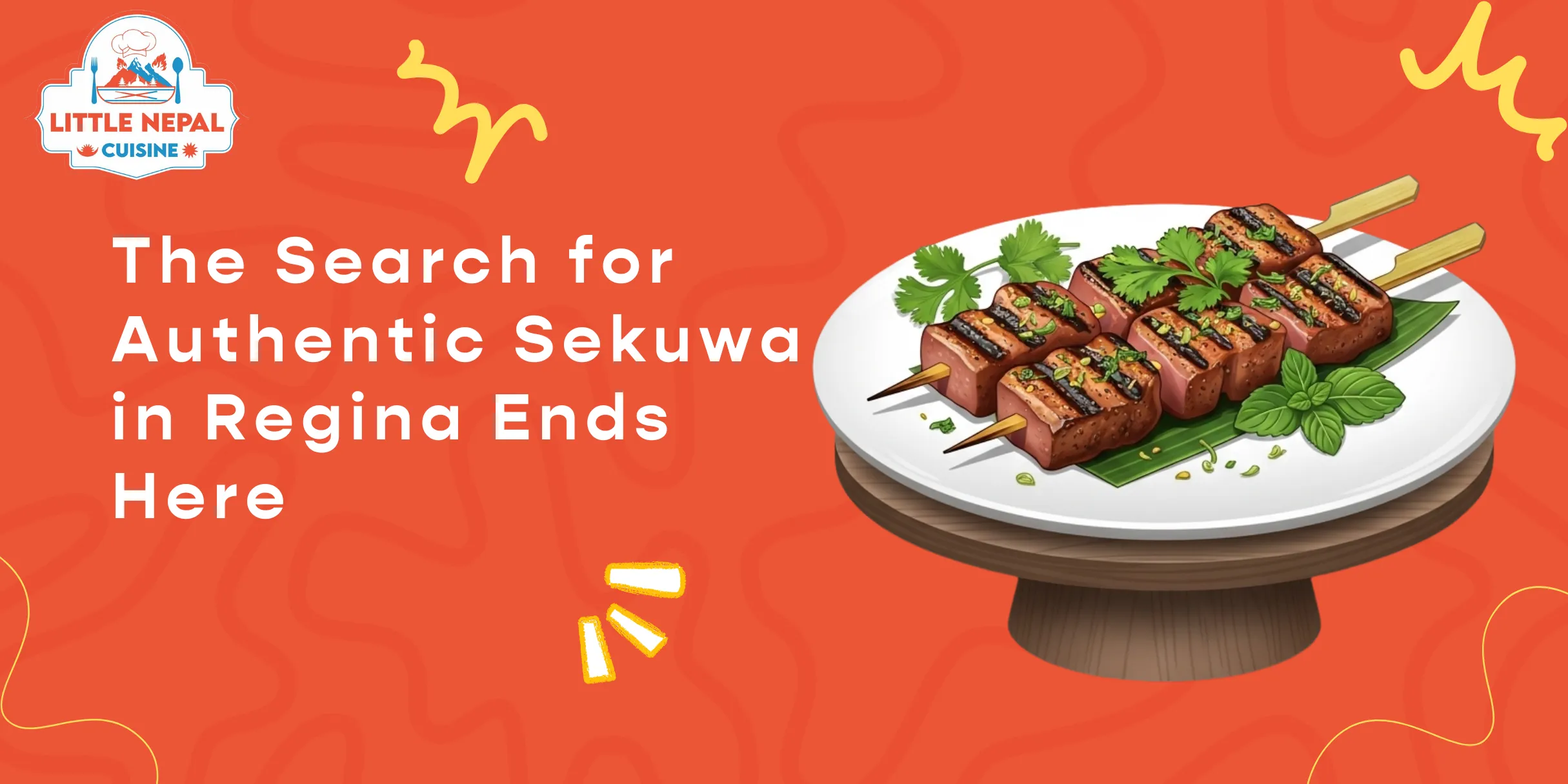141 Albert St. N, Regina, SK, S4R 3B8
The Ultimate Vietnamese Street Food Guide: 25 Must-Try Dishes & Culture Tips
September 17, 2025 Author: RestroAdmin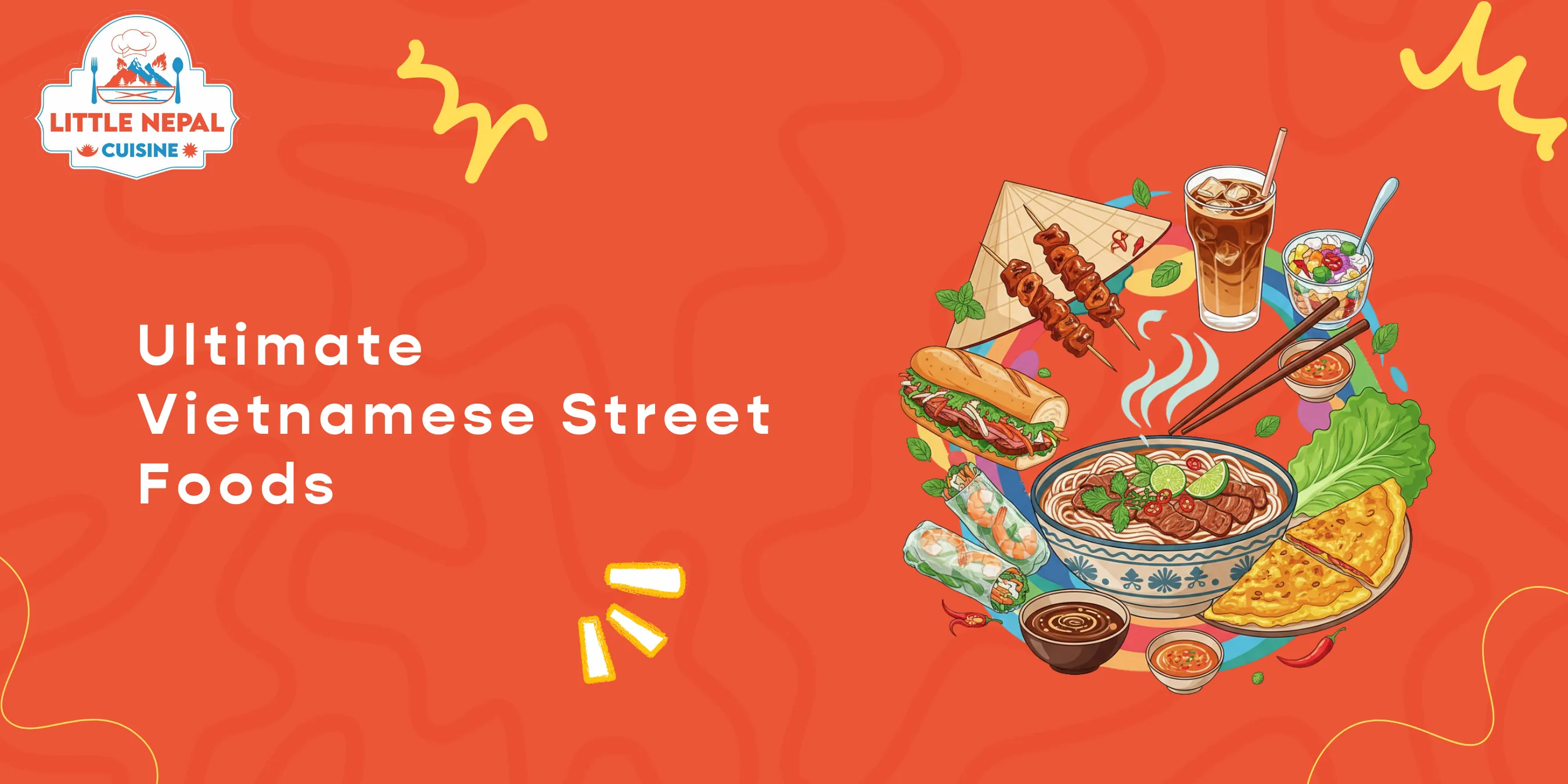
The hiss of a hot wok. The scent of star anise and grilled pork. The lively chatter of people gathered on small plastic stools. This is the soundtrack of Vietnam. The country’s true kitchen is not found indoors. It spills out onto the sidewalks. Vietnamese street food is a way of life. It connects communities and tells the story of a nation’s history with every bite.
This guide is your ticket to that world. We are going beyond the tourist menus. You will discover 25 essential dishes that define Vietnam’s culinary landscape. This is for the curious traveller and the passionate food lover. You will learn how to navigate the bustling markets of Hanoi and Ho Chi Minh City. This is your 2025 guide to eating like a local. It will provide tips to help you enjoy one of the world’s greatest food scenes.
Why Vietnamese Street Food is a World of Its Own
Vietnamese street food is built on a simple idea. It uses fresh, local ingredients. Flavours must be balanced. Every dish aims for a harmony of five tastes: sweet, sour, salty, bitter, and spicy. This balance creates food that feels both simple and complex. It is a philosophy that you can taste in every bowl of noodles and every fresh spring roll.
The Vietnamese street food culture is about more than just eating. It is about community. Food stalls are gathering places. Neighbours meet here. Friends catch up over a quick lunch. Families share a meal after a long day. Sitting on a low stool, you are not just a customer. You are part of the city’s rhythm. You are sharing a space and an experience. This shared meal is a cornerstone of Vietnamese life.
Navigating the Streets: Essential Culture Tips
Enjoying street food is easy when you know a few basics. These tips will help you order and eat with confidence.
How to Order Like a Local
You do not need to be fluent in Vietnamese. A smile and a bit of pointing go a long way. Most vendors specialize in just one or two dishes. The menu is often simple. Look at what others are eating and point to what looks good. Learning a few words helps. “Một” (one) and “hai” (two) are good starts. “Tính tiền” means “the bill, please.”
Paying and Tipping
Cash is essential for street food. Have small bills ready. A dish usually costs between 25,000 and 60,000 VND (about $1.50 to $3.50 CAD). Vendors appreciate exact change. Tipping is not expected. A simple “cảm ơn” (thank you) is enough to show your appreciation for a great meal.
Food Safety in 2025
Food safety is a common concern. The best rule is to eat where the locals eat. A busy stall with a high turnover of customers means the food is fresh. Look for vendors who cook the food right in front of you. You can see the ingredients are fresh and the meal is made to order. As of 2025, some vendors in bigger cities may have QR codes for menus. This is a sign they are adapting to modern standards.
The Art of the Plastic Stool
Those tiny plastic stools might look strange. They are a core part of the experience. They are easy to move and set up anywhere. Sitting on them brings you closer to the action. You are at street level, watching the city go by. It is an informal and friendly way to eat.
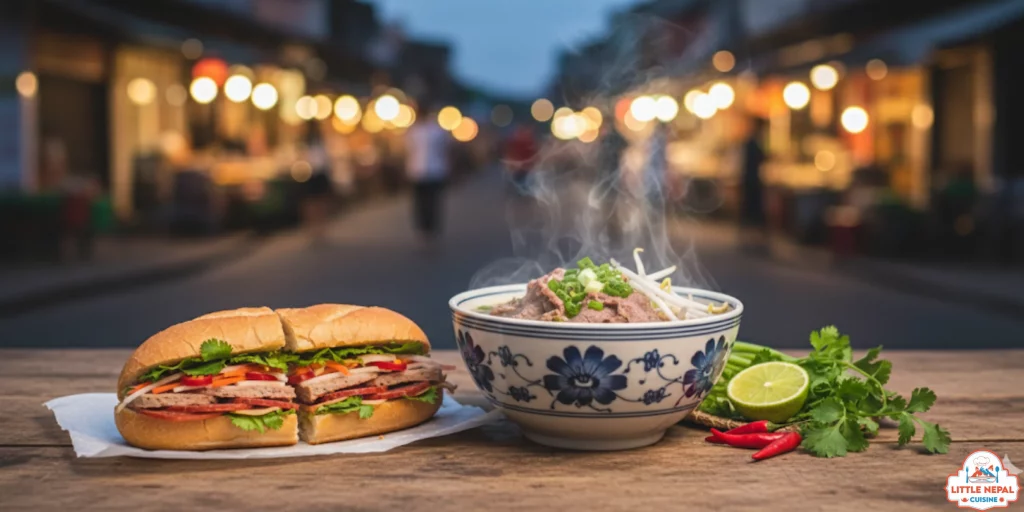
The 25 Must-Try Vietnamese Street Food Dishes
This Vietnamese street food list covers the essentials. It moves from famous soups to lesser-known snacks. Get ready for a flavour journey.
Noodle Soups
Noodles are the heart of Vietnamese cuisine. Each region has its own signature soup.
1. Phở Bò (Beef Noodle Soup)
This is Vietnam’s most famous dish. A rich beef broth is simmered for hours with spices like cinnamon and star anise. It is served with rice noodles, thin slices of beef, and fresh herbs. A squeeze of lime and a dash of chili completes it.
2. Bún Bò Huế (Spicy Beef Noodle Soup)
From the city of Hue, this soup is bold. The broth is infused with lemongrass and chili. It has thick rice noodles, beef shank, and cubes of congealed pig’s blood. It is a complex and spicy meal.
3. Bún Riêu (Crab Noodle Soup)
This soup has a light tomato and crab broth. It features soft freshwater crab and shrimp paste, tofu, and rice vermicelli. It is often topped with fresh herbs and banana blossoms.
4. Mì Quảng (Quang Style Noodles)
A specialty of central Vietnam. This dish has wide rice noodles, a small amount of flavourful broth, shrimp, pork, and a hard-boiled egg. It is topped with crushed peanuts and a crispy rice cracker.
5. Hủ Tiếu (Pork and Seafood Noodle Soup)
Popular in the south, this soup has a clear pork-based broth. It can be served with a variety of toppings, including pork, shrimp, squid, and quail eggs. The noodles can be chewy rice noodles or thin egg noodles.
Noodles & Rice Dishes (Not Soups)
These dishes show how versatile rice and noodles can be.
6. Bún Chả (Grilled Pork with Noodles)
A Hanoi specialty. Grilled fatty pork and patties are served in a bowl of sweet and sour dipping sauce. It comes with a side of rice vermicelli noodles and a basket of fresh herbs. You dip the noodles into the sauce with the pork.
7. Bún Thịt Nướng (Grilled Pork with Vermicelli)
Similar to Bún Chả but popular in the south. Grilled pork is served over a bowl of vermicelli noodles. It includes fresh lettuce, herbs, and pickled carrots. It is often topped with crushed peanuts and a fried spring roll.
8. Cơm Tấm (Broken Rice)
A simple yet satisfying meal from Ho Chi Minh City. “Broken rice” refers to fractured rice grains. It is served with a grilled pork chop, shredded pork skin, a steamed egg meatloaf, and a fried egg.
9. Xôi (Sticky Rice)
Sticky rice is a popular breakfast food. It comes in many forms. Xôi Xéo is topped with mung beans and fried shallots. Xôi Lạc has peanuts. Xôi Gấc is a sweet version with a vibrant red colour.
Rolls & Dumplings
These are perfect for a light snack or a shared meal.
10. Gỏi Cuốn (Fresh Spring Rolls)
These uncooked rolls are light and healthy. Rice paper is filled with vermicelli noodles, pork, shrimp, and fresh greens. They are served with a rich peanut dipping sauce.
11. Chả Giò / Nem Rán (Fried Spring Rolls)
Crispy and savoury. Minced pork, shrimp, and vegetables are wrapped in rice paper and deep-fried until golden. They are served with a fish sauce-based dipping sauce.
12. Bánh Cuốn (Steamed Rice Rolls)
Thin sheets of steamed rice batter are filled with minced pork and wood ear mushrooms. They are topped with fried shallots and served with a light dipping sauce. A delicate and soft dish.
13. Bánh Xèo (Crispy Pancake)
A large, crispy pancake made from rice flour, water, and turmeric. It is filled with pork, shrimp, and bean sprouts. You cut a piece, wrap it in lettuce and herbs, and dip it in sauce.
14. Bánh Bột Lọc (Tapioca Dumplings)
Chewy dumplings from central Vietnam. Tapioca starch is filled with shrimp and pork belly, then steamed. They are translucent and served with a sweet chili fish sauce.
Sandwiches & Savory Cakes
French influence meets Vietnamese creativity in these dishes.
15. Bánh Mì (Vietnamese Sandwich)
The ultimate street Vietnamese food. A crispy baguette is filled with a variety of ingredients. A classic version includes pâté, pork, pickled vegetables, cilantro, and chili. It is a perfect mix of textures and flavours.
16. Bánh Tráng Nướng (Grilled Rice Paper)
Often called a “Vietnamese pizza.” A thin sheet of rice paper is grilled over charcoal. It is topped with a cracked egg, minced pork, green onions, and chili sauce. Crispy, hot, and fun to eat.
17. Bột Chiên (Fried Rice Flour Cake)
Cubes of rice flour dough are fried in a large wok with egg and green onions. It is served with a sweet and tangy soy-based dipping sauce. A popular after-school snack in the south.
Meats & Skewers
Simple, flavourful, and cooked over open flames.
18. Thịt Nướng (Grilled Skewered Pork)
Pork is marinated in lemongrass, garlic, and fish sauce, then threaded onto skewers. It is grilled over charcoal until slightly charred and fragrant. A simple and perfect street snack.
19. Bò Lá Lốt (Grilled Beef in Wild Betel Leaves)
Minced beef is seasoned, wrapped in wild betel leaves, and grilled. The leaves give the beef a unique, peppery aroma. It is often served with rice paper and fresh herbs for wrapping.
Snacks & Sweets
For when you need a little something extra.
20. Chè (Sweet Soup)
A general term for a variety of sweet Vietnamese desserts. They can be served hot or cold. Ingredients include beans, fruits, jellies, and coconut milk. Chè Ba Màu (three-colour dessert) is a classic choice.
21. Bánh Flan (Caramel Flan)
A dessert with French roots. This light, creamy custard is topped with a dark caramel sauce. It is often served with crushed ice, making it a refreshing treat on a hot day.
22. Cà Phê Trứng (Egg Coffee)
A Hanoi invention. Black coffee is topped with a thick, creamy foam made from egg yolks whipped with sweetened condensed milk. It tastes like a coffee-flavoured tiramisu.
Unique & Adventurous
For those with a daring palate.
23. Phá Lấu (Offal Stew)
A stew made from pork or beef offal (internal organs). The parts are braised in a flavourful broth with five-spice powder and coconut milk. It is often served with a small baguette for dipping.
24. Hột Vịt Lộn (Balut)
A fertilized duck embryo that is boiled and eaten in the shell. It is a common snack, especially in the evening. It is served with salt, pepper, lime, and fresh rau răm (Vietnamese coriander).
25. Ốc (Snails)
Eating snails is a popular social activity. Snails are cooked in various ways: steamed with lemongrass, stir-fried with coconut milk, or grilled with chili salt. They are often enjoyed with a cold beer.
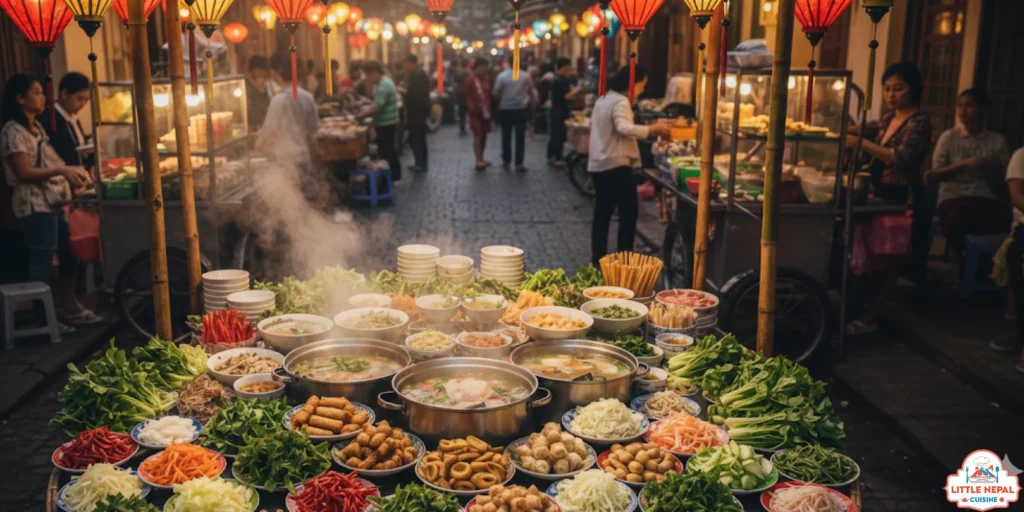
Vietnamese Street Food Beyond the Plate
The food changes as you travel through Vietnam. Each region has its own culinary identity.
Northern Flavors (Hanoi)
Food in the north is influenced by its proximity to China. Flavours are more subtle and balanced, often leaning towards salty. Dishes like Phở and Bún Chả from Hanoi are famous for their refined and clear tastes.
Central Cuisine (Hue, Da Nang)
The central region was once the imperial capital. The food here is more complex and often very spicy. It is known for its presentation and use of many small side dishes. Bún Bò Huế is a perfect example of this region’s bold cooking.
Southern Tastes (Ho Chi Minh City)
The south has a warmer climate and more fertile land. The food is sweeter, and meals are served with a wide variety of fresh herbs. The cuisine has influences from Cambodian and Thai cooking. Cơm Tấm and Bánh Xèo showcase the sweet and fresh flavours of the south. If you can’t travel to Vietnam, you can often find authentic versions of these dishes at local restaurants like those on the Little Nepal menu.
The Future of Vietnamese Street Food in 2025
Vietnamese street food continues to adapt. In 2025, sustainability is a growing focus. More vendors are looking for alternatives to single-use plastics. You might see more biodegradable packaging made from banana leaves.
Social media also plays a big role. Food bloggers and Instagram have turned small, unknown stalls into viral sensations. This can bring great business, but it also means popular spots can get very crowded. The rise of food delivery apps has also changed the scene. Some vendors now operate as “ghost kitchens,” preparing food just for delivery. This makes it easier to try famous dishes without the wait. This digital shift is part of a larger trend seen in restaurants around the world, including those in Canada. You can explore a variety of Asian cuisines at places like Little Nepal.
Your Culinary Adventure Awaits
Vietnam’s street food is more than a list of dishes. It is an invitation to explore a rich culture. It is about sharing a meal on a busy sidewalk and tasting generations of history. Each dish tells a story of a place and its people. This vietnamese street food guide is a starting point. The real joy comes from exploring the streets yourself. Pull up a tiny plastic stool, order something that smells amazing, and take a bite.
What’s your favorite Vietnamese street food? Or what dish are you most excited to try? Share it in the comments below! And if you enjoy exploring global cuisines, you may also like our guide to authentic Nepali dishes.
Frequently Asked Questions about Vietnamese Street Food
Q: What is the most popular street food in Vietnam?
A: Bánh Mì and Phở are the two most famous and popular Vietnamese street food dishes. Bánh Mì is a versatile sandwich loved for its convenience. Phở is a comforting noodle soup that is a staple for breakfast and beyond.
Q: Is it safe to eat street food in Vietnam?
A: Yes, it is generally safe. The key is to choose wisely. Eat at busy stalls where there is a high turnover of customers. This ensures the ingredients are fresh. Watching your food being cooked in front of you is also a good sign.
Q: How much does street food cost in Vietnam?
A: Street food is very affordable. Most dishes will cost between 25,000 VND and 60,000 VND. This is roughly $1.50 to $3.50 CAD. You can eat very well on a small budget.
Q: What are some vegetarian Vietnamese street food options?
A: There are many vegetarian options. Look for signs that say “Chay.” You can find Gỏi Cuốn Chay (vegetarian fresh rolls), Bánh Mì Chay (vegetarian sandwich), and Bún Chay (vegetarian noodle salad).
Recent Posts

This will close in 0 seconds


